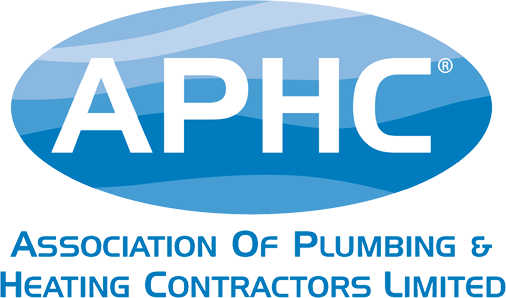Asbestos, once widely used in construction for its heat resistance and insulation properties, is now recognised as a hazardous material. Exposure to asbestos fibres can lead to serious health issues, including asbestosis, lung cancer, and mesothelioma. As an APHC professional, it is crucial to be aware of the risks and regulations surrounding asbestos, whether working in commercial or domestic premises.
In this article, we outline the importance of requesting the asbestos register in commercial properties, the responsibilities of duty holders, and the appropriate steps to take in domestic premises.
Asbestos Registers and Commercial Properties
Under the Control of Asbestos Regulations 2012 (CAR 2012), commercial property owners, or ‘duty holders’, are legally obligated to manage asbestos-containing materials (ACMs) on their premises. A key element of this responsibility is maintaining an asbestos register. As an APHC professional, you should always request the asbestos register before beginning work on any commercial property.
The asbestos register should contain:
- A record of all identified or presumed ACMs in the property.
- The location, condition, and extent of these materials.
- A risk assessment of each ACM.
- An asbestos management plan outlining measures to control and manage risks.
If the asbestos register is unavailable or incomplete, the duty holder should arrange an asbestos survey, conducted by a competent and accredited surveyor. Two types of surveys are available: a Management Survey, which identifies ACMs during routine maintenance, and a Refurbishment and Demolition Survey, which locates all ACMs before major works commence. The results of the survey should be incorporated into the register and provided to you before work begins.
Asbestos and Domestic Premises
While domestic property owners are not legally required to maintain an asbestos register, APHC professionals should still take appropriate precautions when working in homes that may contain asbestos. Buildings constructed or refurbished before 2000 are most likely to harbour ACMs. If you suspect asbestos is present, follow these steps:
- Discuss your concerns with the homeowner and advise them of potential risks.
- Suspend work if you suspect you have disturbed asbestos-containing materials.
- Recommend the homeowner arrange an asbestos survey to determine the presence and extent of ACMs.
- If the survey confirms asbestos presence, the homeowner should engage a competent asbestos removal contractor to safely manage or remove the materials.
The Duty Holder’s Responsibilities
Duty holders must take all reasonable steps to:
- Identify ACMs on their premises through surveys and inspections.
- Keep the asbestos register up-to-date and readily available for contractors.
- Inform all workers, including APHC professionals, of the presence and location of asbestos-containing materials.
- Implement an effective asbestos management plan to manage and control risks.
- Ensure the safe removal or encapsulation of asbestos by competent professionals when necessary.
Conclusion
As a APHC professional, awareness of asbestos-related risks and regulations is critical to ensuring your safety and that of others. Always request the asbestos register when working on commercial properties, and exercise caution in domestic premises where asbestos may be present. By adhering to these guidelines and working closely with duty holders, we can reduce the risks posed by asbestos and create a safer environment for all.
To find a UKATA approved asbestos training provider near you, visit www.ukata.org.uk or for free advice call the team on 01246 824437.
Back to homepage: www.aphc.co.uk



